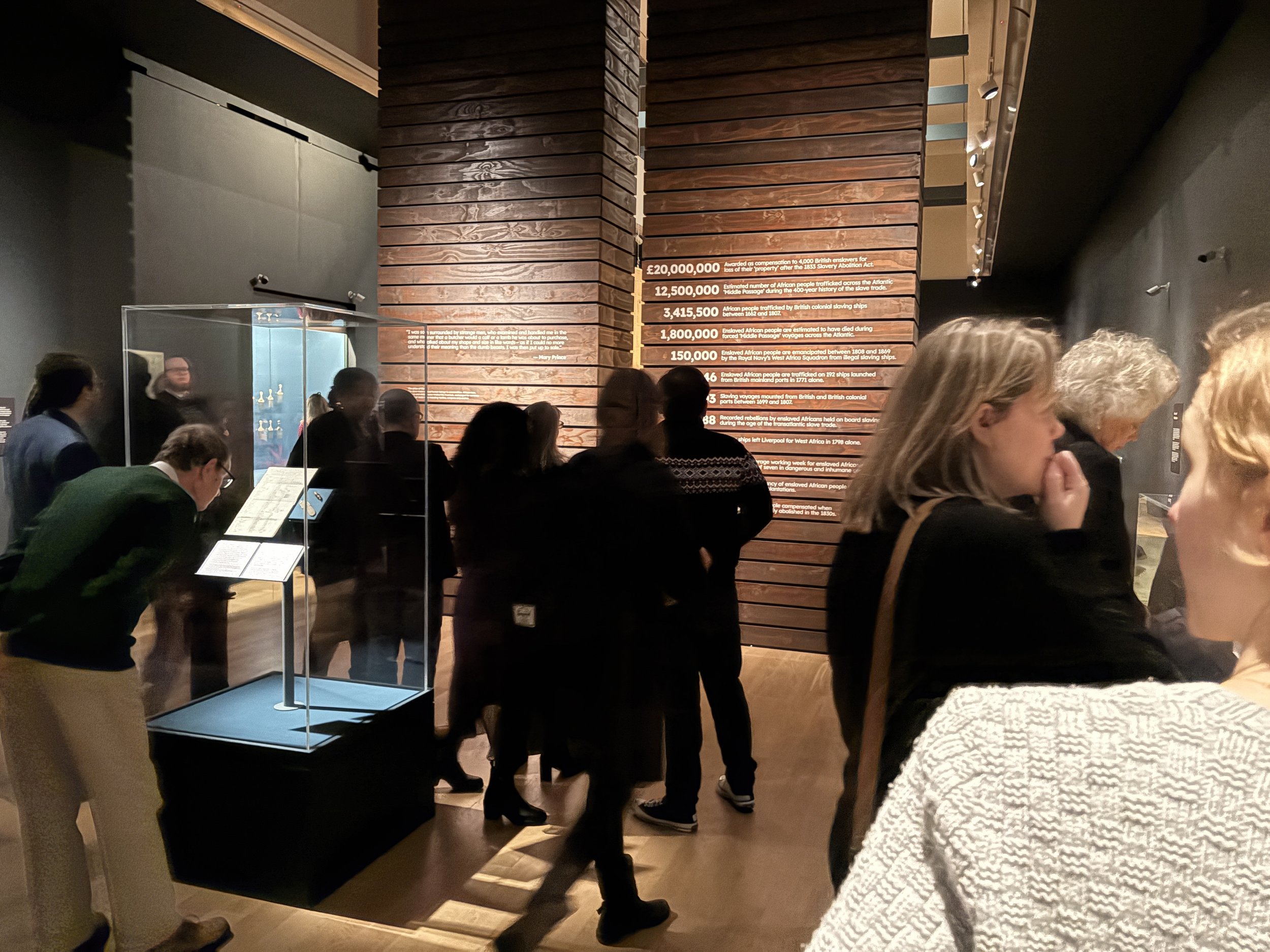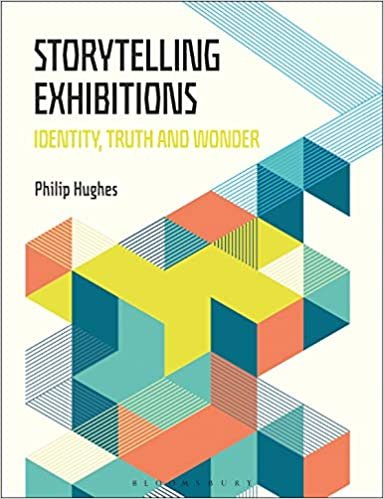Welcome
Living Object is a company dedicated to the practice of ‘spatial storytelling’. We work with curators, interpretive planners, artists, scientists, fabricators and others to tell powerful stories in museums, brand experiences and visitor centres. Living Object facilitates and co-creates spatial experiences with our clients and our audiences. We bring expertise in design, art-direction, media, and content development.
Publications
Storytelling Exhibitions
Storytelling Exhibitions was published in 2021 by Bloomsbury Visual Arts. Written by Living Object’s Philip Hughes, it describes the role and practice of modern ‘spatial storytellers’ and looks at the potential of exhibitions to shape our understanding of the world. It explains how curators, designers, artists and scientists combine to tell powerful stories through exhibition design.
-
Philip shows how contemporary tools and technologies - digital reconstruction, 3D scanning and digital archives – interweave with traditional forms of informing, displaying and promoting to create powerful narrative spaces. Whether telling stories of politics, trends, society, war, science or history, Storytelling Exhibitions provides inspiration and guidance on designing installations which change the way we think. Examples included from: Te Papa, Wellington, New Zealand National Museum of African American History and Culture, Washington, USA Weltmuseum Wien, Austria Santa Cruz Museum of Art and History, US Lascaux: Centre International de l'Art Pariétal in Montignac, France Stapferhaus, Lenzburg, Switizerland Micropia, Amsterdam, Netherlands …and many more.
Exhibition Design
First published in 2010, Exhibition Design has become an important primer for any exhibition designer. It is currently the world’s most popular book about exhibition design. It describes the skills needed to become an exhibition designer, including: developing a brief and working with clients; design principles for graphics, circulation, lighting, and accessibility; presenting ideas to clients; and the practicalities of production.
-
A wealth of visual material includes photographs of completed exhibitions by world-renowned designers, concept drawings, computer renderings, charts and tables of information – all for a wide range of exhibitions around the world, permanent and temporary, including museums and galleries, visitor centres, brand experiences, festivals, and trade fairs.
This second edition published in 2015 includes new examples, updated information on the latest digital technology, and expanded coverage of interactives and sound and film.


















